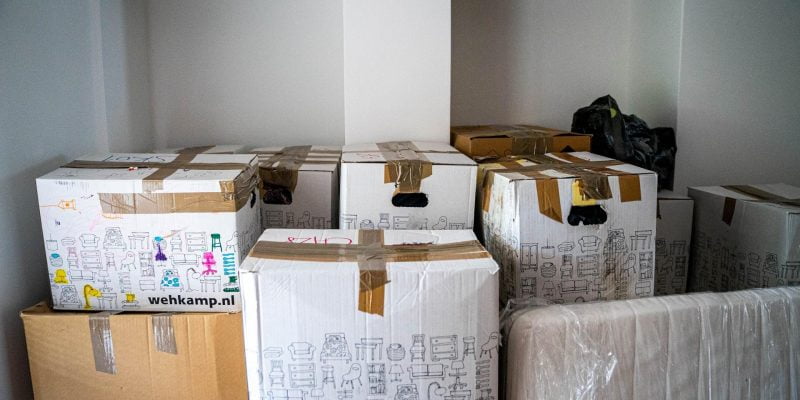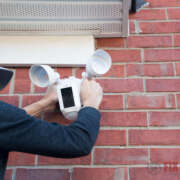When ageing adults move into retirement residences, they often need to downsize. For some, the process isn’t difficult. On the contrary, it can feel cathartic to purge.
For other ageing adults, however, downsizing can be painful. Certain objects, like carpets, may have personal and sentimental value, and parting with them can feel like parting with good friends.
But downsizing to move into a retirement home neither needs to be too painful nor too difficult—if you know what you’re doing.
To that end, here are 8 tips for how you can part with objects and furniture when moving into a retirement home.
Tip 1: Plan in Advance
When you move into a smaller place at a retirement home, you not only have to pack your possessions, but you also have to say goodbye to other possessions that you don’t need or that won’t fit in your new place.
Downsizing to move into your new place can take twice as long—or longer—than simply moving, so make sure you give yourself plenty of time and plan well in advance.
As a rule of thumb: don’t procrastinate. Rather, start downsizing at least three months in advance.
If you don’t give yourself enough time to move, moving will be stressful, and the stress you feel will cloud your thinking about what you take. As a result, you may come to regret your decisions. That’s obviously something you’ll want to avoid.
Instead, plan your move with a clear, focused mind, so that you can be confident with your decisions and, when looking back, be confident that you made the right ones.
Tip 2: Start Easy and Simple
Start the downsizing process by identifying the things in your home that you’ll have absolutely no trouble saying goodbye to. For example:
- Expired cans of food
- Dead plants on the plant shelf
- Clothes you never wear
- Books you don’t read
- Board games you don’t play
- Broken clothes hangers, pencils, and other things that lack sentimental value
- Empty bottles of laundry detergent, soap, window cleaner spray, etc.
Unless these objects have sentimental value for you, getting rid of them will feel like spring cleaning. After you finish, you might breathe a sigh of relief.
Tip 3: Get Rid of Identical Objects
If you have two or more of the same objects, such as hairdryers, nose hair clippers, or other things you don’t need more than one of, choose the one you prefer and part ways with the other.
If two objects are absolutely identical, you can select which one to keep by playing a sophisticated game called eenie meenie miney mo.
If you worry that one of the identical objects might break and that, therefore, you should keep both ask yourself: Is the object so expensive that I won’t be able to afford a new one if it were to break?
If the answer is no, get rid of the identical object. It will only take up space in your new place that a more valuable object could occupy.
Tip 4: Separate the Useful from the Useless by Creating a List
Creating a list that separates the objects you use from the objects you don’t will streamline your downsizing process.
Once you’ve finished the list, figure out which useless objects have sentimental value, like for instance a broken watch you got as a gift from a friend, from the useless objects you’ll have no trouble saying goodbye to. Highlight or underline the sentimental objects and say goodbye to the other objects.
These other objects are nothing but clutter.
Tip 5: Determine What Will Fit
This tip is simple. Know the floor plan of your new place, measure your furniture like a hot tub and others, and determine which pieces will fit.
You might not be able to fit all your favorite pieces of furniture, which is unfortunate, but you can stay close to them by handing them to family or friends.
Tip 6: Give the Things You Cherish to Friends and Family
Giving away the pieces of furniture with sentimental value that won’t fit in your new place is easier when you give them to friends or family who understand how much they mean to you and take very good care of them.
That way, you’ll know your furniture is in good hands.
Tip 7: Label Your Moving Boxes
This tip applies to what happens after you’ve already moved into your new retirement residence. If you label all your moving boxes before moving into your new place, unpacking your things will be much easier.
Tip 8: Get Help from Friends or Professionals
Good friends help you move. But you can also rely on professionals. They’ll streamline the moving process and do physical laborx for you.










Comments